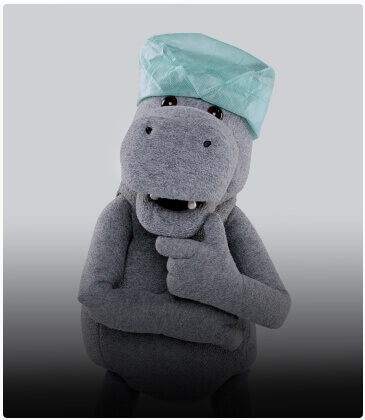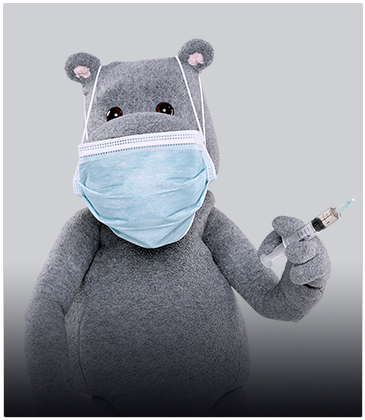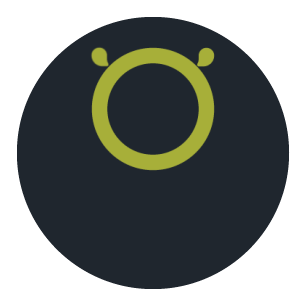* Medical Aid and Medical Insurance are two different products.
Find the right Medical Insurance that works for you
Start with the number of people that you would like to cover on your plan.
How many people do you want to cover?
Medical Aid and Medical Insurance are two different products. Medical aid products are governed by medical aid legislation that includes the payment of prescribed minimum benefits (PMB’s). PMB’s are a defined list of chronic illnesses and in-hospital procedures that medical aid products must accommodate. There are various types of medical aid products ranging from hospital plans to plans that offer both in and out of hospital cover at different levels. Medical Insurance products are governed by short term insurance law that does not include the payment of PMB’s, making the starting price considerably more affordable. The product structures vary from a defined value per day pay-out for a hospital admission to products that provide access to basic out of hospital treatment through private provider networks. If you are looking for medical aid you can compare medical aid quotes with Hippo.
Medical Insurance Explained
What is Medical Insurance?
This product was introduced as a more affordable option than Medical Aid, and is governed by either short- or long-term law, and not by Medical Aid regulations. As a result, Medical Insurance policies do not have to include the prescribed set of minimum benefits that Medical Aids do and can impose different waiting-period criteria, as well as a maximum entry age limit.
There are different health insurance product types that either provide some cover for in-hospital costs or out of hospital costs. For sum products, a lump sum is paid out for each day that you are hospitalised. The payment may only start from the second or third day that you are hospitalised. The payment is made directly to you and the money can be used to pay the cost of medical treatment or for other daily expenses incurred while in hospital.
Depending on the policy you choose, Medical Insurance can also provide cover for certain day-to-day medical expenses like doctors visits, cold and flu medication, or trips to the dentist.
Who needs Medical Insurance?
To answer this question, let's look at what Medical Insurance usually covers. It is mostly focused on out-of-hospital, primary-care expenses such as general practitioner consultations, prescribed medication, basic dentistry and some optometry cover, which are subject to strict network provider rules.
A defined limit for emergency hospitalisation stabilisation or illness might be included, but this has an impact on the price of the product.
Remember that risk factors such as age, health status and/or income are considered, so applicants can be rejected.
Why is Medical Insurance important?
The cost of private healthcare is expensive. It’s important to ensure that you have some level of cover. Medical insurance is an affordable solution if you can’t afford medical aid.
Medical Insurance often provides comprehensive cover for common out of hospital costs through a network of providers. It can also be used as an add on product to your medical aid if your medical aid plan only covers hospital costs.
Medical Insurance vs Medical Aid
Medical Insurance and Medical Aid are two different products
Both products offer healthcare cover, but are guided by different sets of regulations.
If your Medical Insurance product pays you a set amount for each day spent in hospital, regardless of the type of treatment that’s required, a Medical Aid product typically provides in-hospital cover and pays for treatment according to the cost of the condition and mostly pays the supplier directly.
Medical Insurance is usually a cheaper option and can either be used as an alternative to medical aid or as an added benefit to your medical aid product, depending on your level of affordability.
Medical Insurance benefits
Both products offer healthcare cover, but are guided by different sets of regulations.
Medical Gap Cover
Gap cover is a form of medical insurance that can only be taken to supplement the hospital benefit shortfalls in your medical aid product. It’s a smart way of buying the best value for money medical aid product and taking affordable Gap cover to ensure you have all your bases covered.

More on Medical Insurance
Make sure you’re prepared to compare quotes by checking out our glossary and list of FAQs.




































